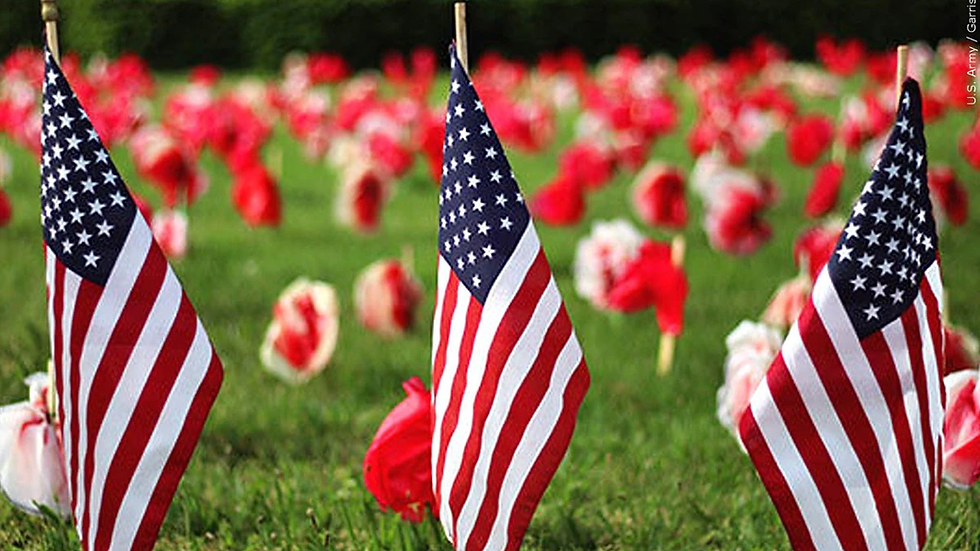Childhood Cancer Awareness Month
- Sep 22, 2021
- 4 min read
Erin Wallbillich, Freshman
This month of September is Childhood Cancer Awareness Month. This month is a time to acknowledge the children who are battling cancer and to spread awareness to the families affected by it. Cancer forms when cells in an organism crowd the normal cells and begin to grow out of control. Back in 1975, the chance of a child surviving with cancer in the United States was 61 percent. Now that medicine has advanced and hospitals have gotten better, there is now an 84 percent chance that a child with cancer could survive. Many families and friends have dealt with their child having cancer, and their lives were affected drastically. All of these families have their own stories to tell.

New parents Katelyn Silva and Joe Lauzon had their newborn son Joey Lauzon on January 12, 2014, at South Shore Hospital. As soon as Joey was born, he was admitted into the Neonatal Intensive Care Unit (NICU). He was admitted because he was having trouble breathing during his birth. Katelyn Silva says “Having a baby is tough. Having a baby with cancer is tougher.” After going through many tests, like a CT (Computed Tomography), MRI (Magnetic resonance, imaging), and finally a biopsy, this family was told that their newborn son has stage four neuroblastoma. The neuroblastoma was a tumor the size of a human’s fist. Neuroblastoma is cancer that forms in the early stages of nerve development. It gets its name from Neuro, which means nerves, and blastoma which refers to cancer that starts in the early stages of development. Neuroblastoma is a very rare type of cancer, but it is mainly found in young children and infants. As soon as doctors found the tumor, they started treatment right away; Joey had to go through chemotherapy and had to stay at the hospital for five weeks while he got his first two rounds of chemo. Joey responded very well to his treatments and in March, Joey went for another MRI. In this MRI, all of Joey’s scans came out clear. After the MRI came out clear, they did a follow-up MIBG scan. An MIBG scan is a machine used to locate specific types of tumors. This scan indicated that Joey no longer had to go through chemotherapy. Now, doctors have to keep an eye on Joey and hope that the cancer will not return.
In August 2014, eight-year-old Mahra Saeed had a fall in her hometown of Al Ain, United Arab Emirates. In this fall, Mahra fractured her right arm and after tests, they also concluded that she had a tumor. The family was told that this tumor was benign. A benign tumor means there is actually no cancer in the tumor and is not harmful. A month after Mahra’s fall, she had to get surgery to remove the tumor from her arm. In this surgery they removed as much as the tumor they could, and to help Mahra grow, they inserted metal rods into her arm. Shortly after the surgery, the family was told that Mahra would have to undergo a second surgery. This surgery was needed to remove the rest of the remaining tumor. Days before Mahra had to go through her second surgery, they found another tumor had grown. They then took a biopsy of this new tumor and found out that it was cancer and that they had to start chemotherapy right away. Upset and frustrated by this news, Mahra’s mother Nour called the UAE embassy in Washington, D.C., for further treatment. When they finally got to talk to the doctors in Washington D.C., they found out that this cancer was osteosarcoma. Osteosarcoma is a malignant (cancerous) tumor on the bone. The doctors recommended that the best thing they could do would be to amputate Mahra’s arm. Amputate means they would have to cut off Mahra’s whole arm. Nour was not happy with this news and was hoping and praying that there could be another solution. Nour asked for other opinions and was given four other doctors to get their opinion. After hearing back from her fourth option, Dr. Megan Anderson, who was an orthopedic surgeon, Nour was told that there was something else they could do. Dr. Anderson said they could try to use a combination of chemotherapy and limb-salvage surgery. After months of physical therapy and chemotherapy, Mahra’s scans finally came out clear. This family’s hearts were filled with joy after hearing about this news. Now, Mahra lives a very healthy and happy life with two arms.
With September being childhood cancer awareness month, it lets us take a closer look into these families’ lives and how their lives were affected. It is a time to recognize all these families and children and what they have gone through and to honor the ones who unfortunately did not make it through. All these children are very strong and deserve to live happy and healthy lives for the rest of their lives.
Sources:




Comments